Bike Spokes
Spokes Fixes, Reviews & Guides
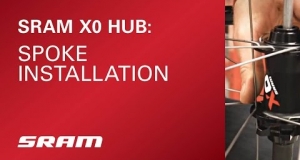
Installing Spokes on a SRAM XO HUB
This video will show you a method for loading spokes on to SRAM XO hubs when you are building wheels.
XO hubs have a unique flange shaped design, which yields a much stronger and robust...
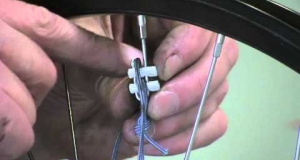
Emergency Bike Spoke Replacement with FiberFix Kit
The FiberFix is a kevlar chord used to fix a broken spoke in an emergency situation. Breaking a spoke is a rare occurrence, but it can happen while you are out on the road, so it would be a good...
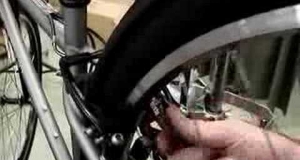
DIY How to True a Wheel on Bike with No Truing Stand
Today, we’re going to show you how to true a wheel right off your bicycle. This isn’t what is normally done at the shop, but if you’re at home or out on the trail you can touch up your wheel and...
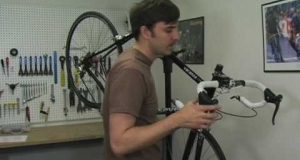
Install and Mount Wired Cycling Computer
We're going to go over how to install a basic wired bicycle computer. All you'll need is a third hand cable tightener and a pair of cutters. This particular computer users rubber...
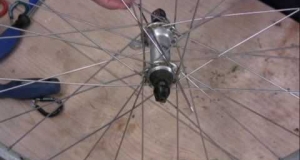
Replace a Bicycle Spoke
To replace a spoke you're going to need a spoke wrench of the correct size, a nipple driver or flathead screwdriver, a ruler to measure the correct spoke length, as well as some lube to put inside...
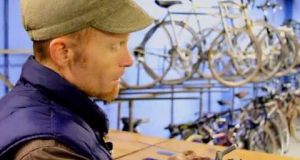
Build a Bicycle Wheel: Spoke Cutting with Hozan Spoke Threader
For the 32 hole rear wheel you will need 18 spokes of a certain size for the drive side and 18 spokes of a certain size for the non-drive side. To get these spokes you can either...










 where:
where: